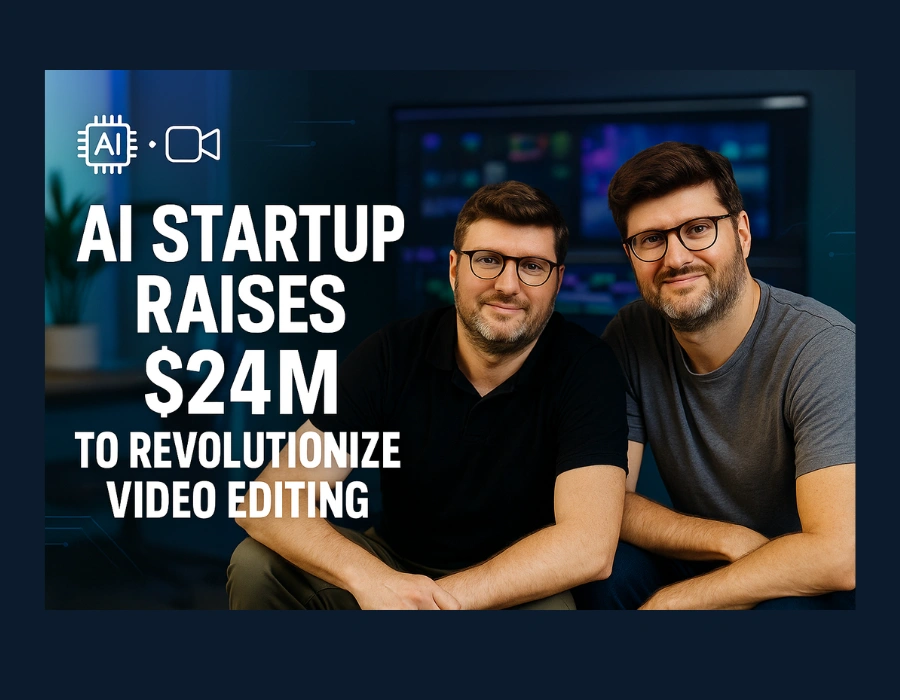Moments Lab, a Paris-based startup, has just secured a $24 million Series B round—bringing its total raised to $37.4 million—to supercharge its AI video-editing platform. Founded in 2016 by brothers Fred and Philippe Petitpont, the company was born out of a simple yet costly reality: traditional video editing can stretch weeks and cost upward of $1,000 for each finished minute of footage. For media giants, streaming platforms, and branding teams racing to feed an ever-hungry content cycle, that’s a bottleneck no one can afford.
At the heart of Moments Lab’s solution is MXT-2, a multimodal AI engine that ingests raw footage, automatically detects faces, actions, and scenery, and generates rich metadata in seconds. By tagging clips, identifying key moments, and curating highlights for social media or trailers, MXT-2 accelerates what once took days into mere hours—sometimes slashing turnaround times by a factor of seven. Early adopters have not only reclaimed weeks of workflow but have also seen social-driven revenue double, according to Philippe.
Yet Moments Lab isn’t stopping at metadata generation. The startup is piloting an “agentic” AI feature that takes a text prompt—say, “Make a 30-second teaser focusing on dramatic crowd reactions”—and produces a rough cut ready for human refinement. Reality TV producers are already testing this capability to automate the most tedious part of their editing pipelines, allowing human editors to focus on storytelling, color grading, and fine-tuning.
The timing could not be better. Streaming platforms such as Netflix and Prime Video are in an arms race for fresh content, but budgets aren’t ballooning alongside demand. By automating grunt work, Moments Lab helps production teams do more with less, a proposition that has attracted marquee clients like Warner Bros., Hearst, Amazon Ads, and Thomson Reuters. Each of these organizations is looking to publish social-ready clips in record time without inflating headcount or expenditures.
Of course, introducing AI into creative workflows raises thorny questions about intellectual property and job security. Moments Lab insists its model was trained on 1.5 billion assets drawn from open-source libraries and partner-provided content, not scraped proprietary films. The team has also worked closely with legal advisors to ensure that every tag, every clip, and every AI-generated cut respects copyright. Still, the industry is watching closely: will AI assistants become indispensable senior editors, or will they render certain roles obsolete?
Looking ahead, Moments Lab plans to expand beyond short-form social videos. In the coming months, it aims to launch tools for structuring full-length documentaries from archival footage, as well as AI-powered audience optimization that uses behavioral data—like YouTube click-through rates—to suggest edits guaranteed to boost engagement. Such features could redefine how we repurpose historical material or tailor content for niche audiences.
Moments Lab’s journey underscores a larger trend: AI is no longer a mere tagging tool but an emerging creative partner. By handling the mechanical aspects of editing—indexing footage, identifying key visuals, and assembling initial cuts—AI can free storytellers to focus on the nuances of narrative, pacing, and emotion. The result is a fusion of data-driven efficiency and human artistry, one that promises to reshape production rooms from Hollywood to Madison Avenue.
As this new chapter unfolds, the industry faces pivotal decisions. How will labor unions negotiate the rise of AI assistants? What safeguards will preserve artists’ rights? And how will content creators adapt their workflows to leverage machine intelligence without losing the human touch? Moments Lab’s freshly bolstered war chest positions it at the forefront of these conversations—ushering in an era where machines handle the heavy lifting, and humans reclaim the joy of creative expression.
For anyone tracking the intersection of technology and media, Moments Lab’s success signals a turning point. The next blockbuster trailer, promotional clip, or documentary rough cut might owe as much to lines of code as to human vision. And for studios, brands, and creators racing to keep pace with viewers’ insatiable appetite, that’s a blockbuster development of its own.
